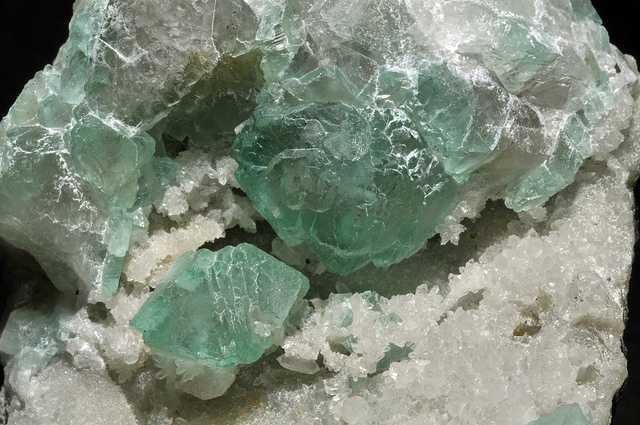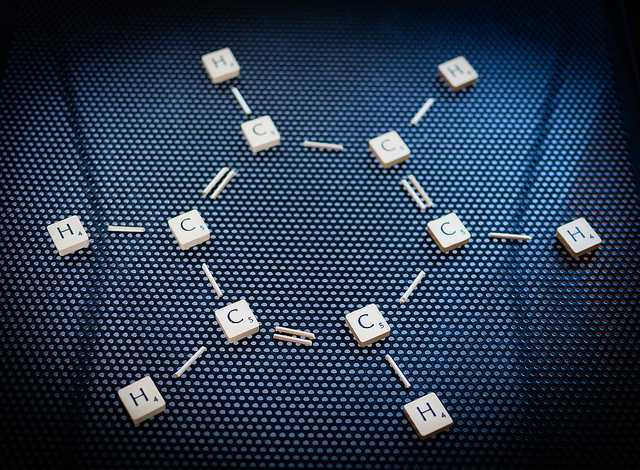
Photo by géry60
Short history of fluorine usage
No chemical substance is capable of freeing fluorine from any of its compounds and it is the most reactive of all elements. For this reason, it was extremely difficult for scientists to isolate fluorine since it does not occur free in nature. The first use of a fluorine compound was recorded around 1670 to a set of instructions for etching glass which required for Bohemian emerald.
In 1869, George Gore used an electrolytic process in order to produce a small amount of fluorine, even though many chemists tried to identify the material which was capable of etching glass. Fluorine gas combines with hydrogen gas explosively, which was unknown to Gore. This is exactly what happened in his experiment when the hydrogen gas formed on the one electrode combined with the fluorine gas that formed on the other electrode. In 1886, a French chemist, Ferdinand Frederic Henri Moissan, was the first to successfully isolate fluorine.
Moissan did this through the electrolysis of hydrofluoric acid and potassium fluoride. He also built his electrolysis device completely from platinum and completely isolated the fluorine gas from the hydrogen gas. Moissan’s work was so impressive that he won the Nobel Prize for chemistry in 1906. Even today, fluorine is still produced through the electrolysis of molten potassium acid fluorine as well as through the electrolysis of potassium fluoride and hydrofluoric acid. In this article, we will discuss all the great uses of fluorine.
Uses and compounds
Fluorine has a few uses as an element because it’s much too active for such purposes. Fluorine helps other materials burn as oxygen does, and for that reason, one use of elemental fluorine is in rocket fuels. However, the majority of fluorine is used to make compounds of fluorine. Stannous fluoride, calcium fluoride, and sodium fluoride are fluorides, which are compounds of fluorine with a metal. A common use of some fluoride compounds is in toothpaste. According to a number of studies, small amounts of fluorides can help reduce tooth decay.
Improving dental health
As new tooth material is formed, fluorides are deposited, making it strong and resistant to decay. There are many cities around the world that add fluorides to their water supply. This process is called fluoridation. Their goal is to improve the dental health of people in the city. Young people benefit the most because their teeth are still developing. Because of the characteristic and strong odor of fluorine, it can be detected and avoided in case of fluorine leaks into a room. On the other hand, there are many people who are concern about the long-term health effect of fluorides which is added to public water supplies.
Fluorides are dangerous in large doses
Those people point out that it is a deadly poison and that it can be toxic, too. It’s true that fluorine gas is very toxic. However, the properties of compounds are different than the elements involved. For that reason, there is little evidence to support these worries. Fluorides are dangerous only in large doses, but the amount added to public water supplies is often very small, just a few parts per million. Many dental and health experts believe that fluoridation is good for public health, and not a threat to the health of individuals.



